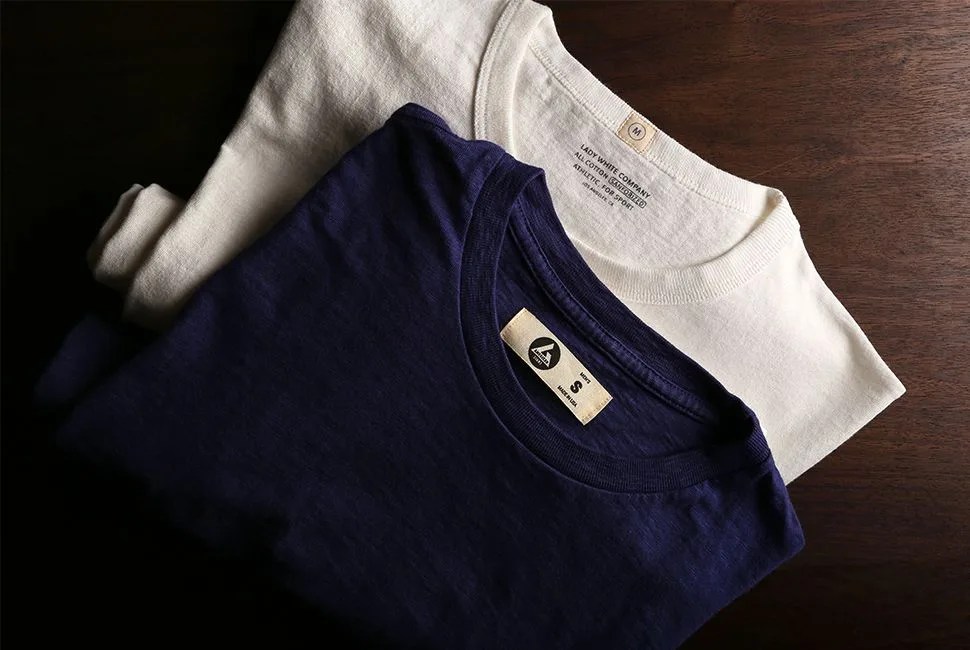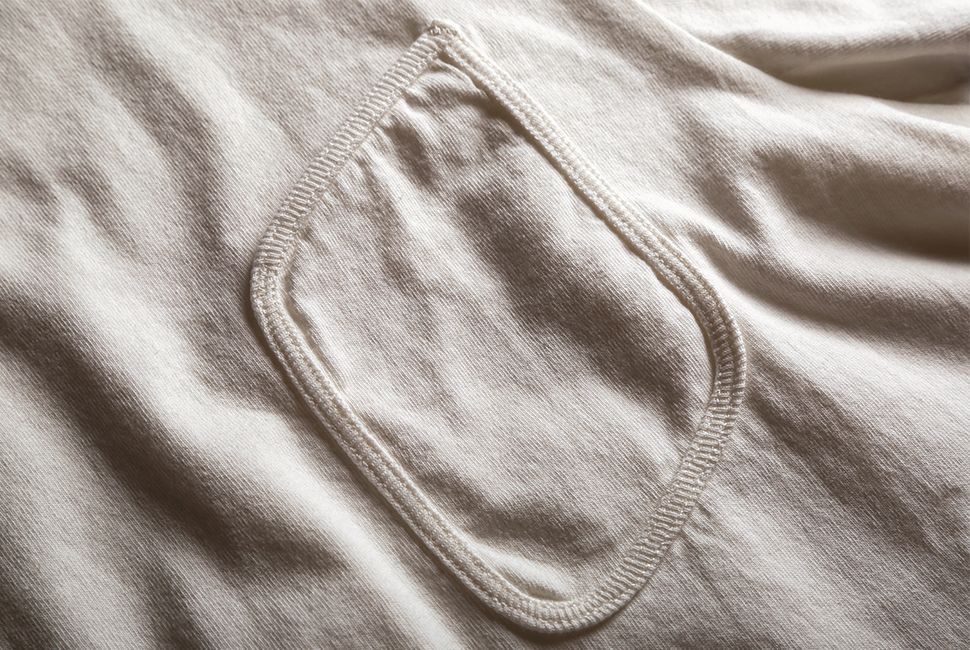The T-shirt is the ultimate staple. No matter a person’s style, location or profession, the T-shirt has a place in their closet. It’s a blank canvas for the wearer, and while there are infinite iterations of the t-shirt available, the information about what sets quality shirts apart from the rest is limited. You deserve a shirt that will stand up to years of washing and wearing, not a shirt that falls apart after a season.
Because the t-shirt is such a simple garment, the manufacturing process and quality is paramount. So we asked Phillip Proyce, of Lady White Co., and Bayard Winthrop, of American Giant, to explain how manufacturers make tees that last over years of wear.
The Fabric
PP: Fabric is of course the foundation of the garment. It needs to be of the highest-quality cotton and yarn. So many steps go into spinning the yarn, knitting the fabric, and also the finishing stages. In our case, these steps are all completed in the USA, which makes quality control much easier.
BW: Fabric has lots of characteristics that determine how it will perform over time. For instance, with our premium tee slub, we considered how the slub draped, how it performed, how it tested in twist and transparency, and then engineered the fabric to hit the specs we were gunning for. Tackle what’s not working about the fabric with both your yarn suppliers and your knitters — and ultimately exceed what you’re trying to do. The fabric is the key to a quality tee.
The Construction
PP: The construction is a vital aspect of quality. Choosing the proper machinery is the first start, then effectively applying the right tension and technique is next. The sewer has the biggest affect on the final outcome. It’s easy to pump out t-shirts of low quality. When you have skilled labor, it becomes craftsmanship.
BW: There are two parts to construction you need to consider: construction in fit and construction in durability. Fit matters in how you build the garment. There are many construction options — a tubular knit, a tape seam, single, double or triple needle stitching — that all ultimately determine how the tee fits and how the tee drapes. You have to look at each building block of the tee — evaluating your shoulder, side paneling, collar — to make sure you’re nailing fit.





